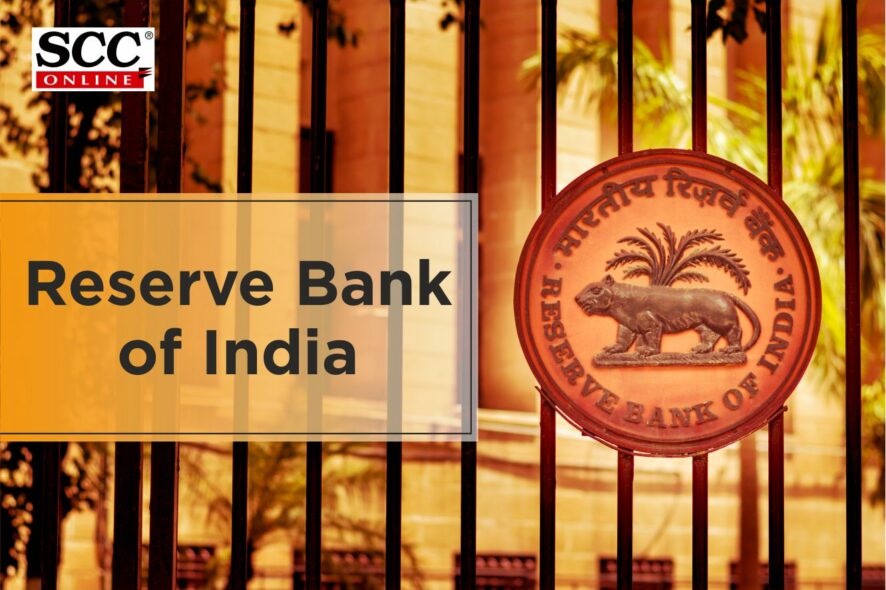On 02-09-2022, Reserve Bank of India issued guidelines on Digital Lending which would be applicable to the ‘existing customers availing fresh loans’ and to ‘new customers getting onboarded’. REs will be given time till 30-11-2022 to process these guidelines.
Applicability: These guidelines will be applicable to all Commercial Banks, Primary (Urban) Co-operative Banks, District Central Co-operative Banks and Non-Banking Financial Companies(including Housing Finance Companies)(Regular Entities(REs))
Key points:-
- REs will ensure that all loan servicing, repayments etc., will be directly executed by the borrower in the RE’s bank without any third party.
- All the fees, charges.,etc which has to be paid to the LSP will be directly paid by the REs and not by the borrower.
- If there is any penal interest or charges on the borrower then it will be based on the outstanding amount of the loan.
- REs has to provide a Key Fact Statement (KFS) to the borrower before executing any contract for all digital lending products.
- KFS will contain all the details of Annual Percentage Rate(APR), recovery mechanism, details of grievance redressal officer who will be appointed to deal with digital lending/FinTech related matters and the cooling-off/look-up period.
- REs will confirm that the digitally signed documents on the letter head of the RE would automatically and expeditiously be sent to the borrowers on their registered and verified email/SMS after the execution of loan contracts or transaction.
- REs has to publish the list of their Digital Lending Apps(DLAs), Leading Service Providers(LSPs) and the details of their activities explicitly on their website.
- REs and LSPs must have a suitable nodal grievance redressal officer to deal with FinTech/digital lending related complaints/issues raised by the borrowers. The complaint lodged by the borrower must be resolved within 30 days and if it is not resolved within the stipulated time then the borrower can complain over the Complaint Management System(CMS) portal.
- A Borrower will be given an option to exit digital loan by paying the principal and the proportionate APR without any penalty during the cooling off/look-up period. The period will not be less than 3 days for loans having tenor of 7 days or more and 1 day for loans having tenor of less than 7 days.
- REs will ensure that all the collection of data by their DLAs and LSPs must be taken with the explicit consent of the borrower. On time access will be taken for camera, microphone, location.,etc only for the purpose of KYC with the consent of the borrower.
- The borrower can give or deny consent for the use of any data. Explicit consent will be taken from the borrower before sharing any personal information with any third party.
- LSPs/DLAs have no right to store personal information of the borrower except some basic data like name, address etc. No biometric data will be stored in the systems of DLAs and LSPs. All the data will be stored only in the server located within India.
- If DLAs want to collect any personal information related to the borrower then they have to make the comprehensive privacy policy available publicly.
- REs must fulfill all the technology standards/requirements on cybersecurity prescribed by RBI for undertaking digital lending.
Note-
- Digital Lending is defined as “A remote and automated lending process, largely by use of seamless digital technologies for customer acquisition, credit assessment, loan approval, disbursement, recovery, and associated customer service.”
- Cooling off/look-up period is defined as “the time window as determined by the Board of the RE which shall be given to borrowers for existing digital loans, in case a borrower decides not to continue with the loan.”
- APR is the effective annualised rate charged to the borrower of a digital loan.
- DLAs are mobile and web-based applications with user interfaces that facilitate digital lending services.
- LSP is an agent of a Regulated Entity who carries out one or more of the lender’s functions.







